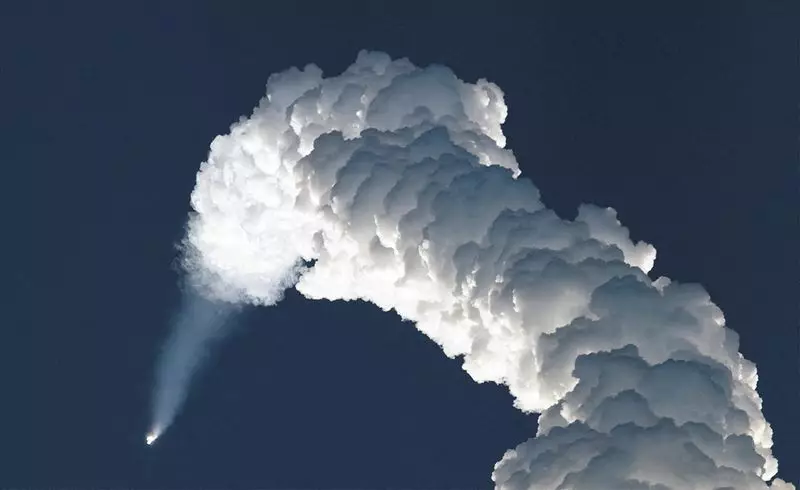In a bold move indicative of the current competitive landscape in space launches, United Launch Alliance (ULA), the joint venture of aerospace titans Boeing and Lockheed Martin, is set to enhance its Vulcan rocket. This strategic development is aimed at establishing a stronger foothold in the flourishing low Earth orbit (LEO) satellite launch sector, which has notably become a battlefield for dominance among various aerospace firms, primarily driven by SpaceX’s aggressive expansion of its satellite internet service, Starlink.
The increasing need for reliable satellite launches has propelled ULA to reconsider its current rocket configurations. As articulated by Tory Bruno, CEO of ULA, the extensive trade studies have led the company to determine modifications that will enable the Vulcan rocket to lift more mass into LEO, thereby ensuring competitiveness. This development comes at a time when other companies, such as Amazon, are rapidly pursuing their own satellite internet initiatives, intensifying the race for launch capabilities. With SpaceX launching thousands of satellites as part of its Starlink service, the pressure is on ULA and its counterparts to adapt swiftly to meet market demands.
The modifications for the Vulcan rocket include variants like the proposed “Vulcan Heavy,” which would utilize three core boosters. Such alterations aim to position ULA on a more level playing field with SpaceX, whose Starship rocket is purpose-built for extensive missions, including the deployment of large batches of satellites. Bruno has emphasized the innovative nature of the proposed configurations, referencing “propulsion in unusual places,” which demonstrates ULA’s commitment to evolve its technology in response to market needs.
Although ULA is developing its Vulcan rocket with an eye toward the competitive LEO market, the shadow of SpaceX’s Starship looms large. SpaceX has demonstrated a unique approach to rocket development, emphasizing rapid prototyping and iterative testing. Musk’s ambitious aspiration to double Starship’s capabilities further heightens the stakes in this competitive arena. The implications of SpaceX’s advancements in terms of satellite deployment capabilities cannot be understated, as this could substantially influence launch costs and timelines across the industry.
One critical facet of ULA’s strategy involves bolstering alliances with companies like Amazon, which has secured multiple launches with ULA’s Vulcan for deploying its Kuiper satellite constellation. Such collaborations signify a calculated move to leverage ULA’s capabilities while establishing a robust challenge to the Starlink network. With a projected launch price starting around $110 million for Vulcan, ULA’s financial positioning remains competitive, especially when juxtaposed with SpaceX’s Falcon 9.
As ULA gears up for its planned launch schedule, with targets of eight Vulcan missions and 12 Atlas V missions next year, the road ahead is not entirely smooth. The space launch industry is characterized by unpredictabilities, ranging from regulatory challenges to technological setbacks. ULA finds itself in a critical juncture; quick adaptation and flawless execution will be essential for the company to reclaim a competitive edge in the rapidly evolving aerospace landscape.
Moreover, the potential sale of ULA—a topic of speculation and interest among major players, including Amazon and Blue Origin—could shift its strategic direction significantly. As the industry dynamics continue to evolve, ULA’s ability to navigate these challenges will ultimately determine its standing in the space launch market.
ULA’s plans to upgrade the Vulcan rocket are more than just routine enhancements; they are a significant pivot towards reclaiming relevance in an intensely competitive environment dominated by SpaceX. The urgency to adapt and innovate is clear, as the future of satellite launches hinges on the ability to respond to consumer demands quickly. As ULA embarks on this transformative journey, the stakes will undoubtedly rise, not just for the company, but for the entire space launch sector, positioning the coming years as a seminal time in the evolution of space exploration and commercial satellite operations.

